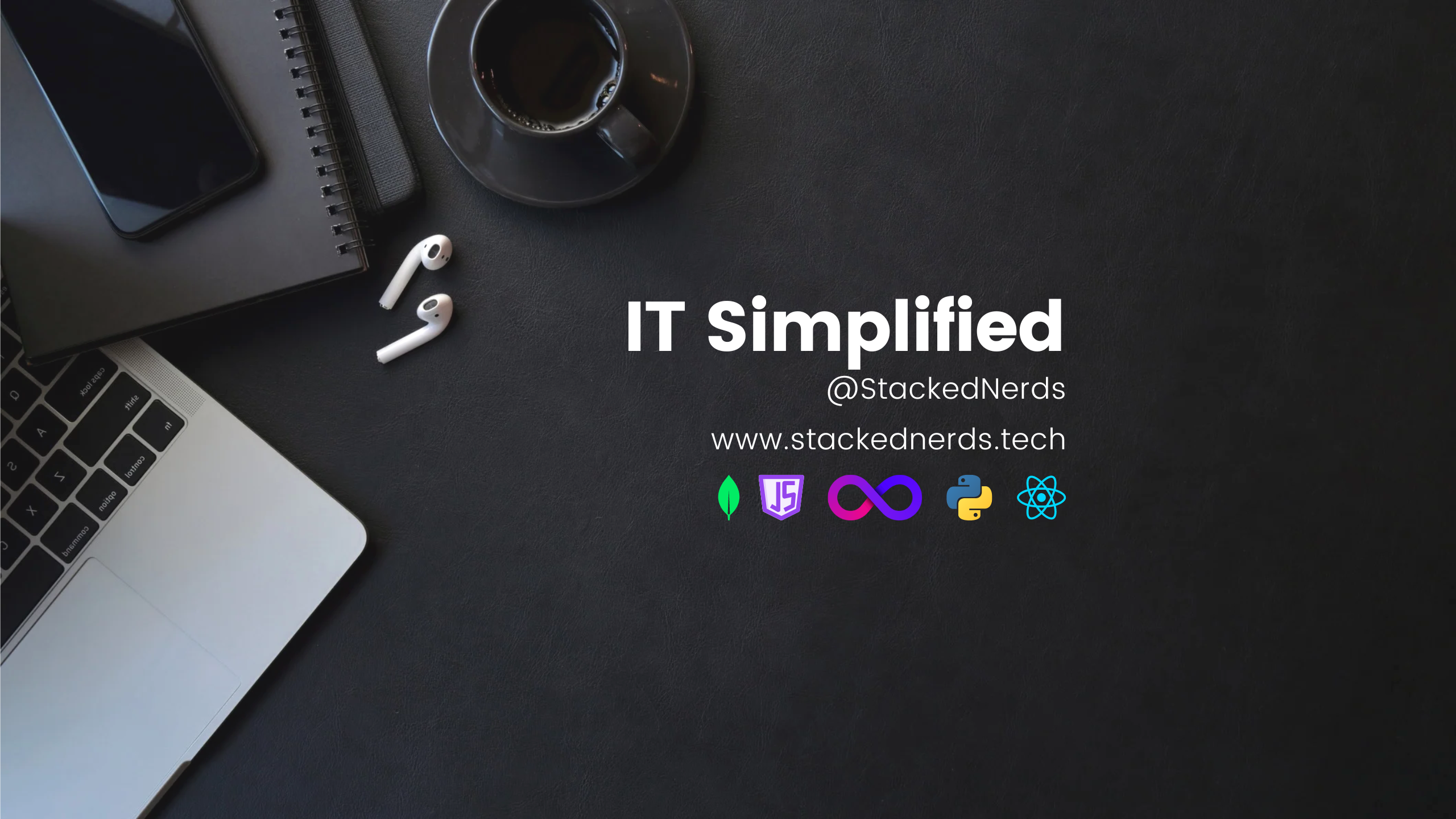Welcome to our very first blog post! At Stacked Nerds, we are dedicated to delivering top-notch IT services that help businesses thrive in an increasingly digital world. As we kick off our blog, we wanted to dive into a topic that’s on everyone’s minds: the future of IT services. Let’s explore some of the key trends and innovations that are shaping the industry in 2024.
1. The Rise of Artificial Intelligence and Machine Learning
Artificial Intelligence (AI) and Machine Learning (ML) have been buzzwords for years, but their real-world applications are becoming more tangible and impactful. In 2024, we are seeing AI and ML being integrated into more aspects of IT services, from predictive maintenance and cybersecurity to customer service and data analytics.
Why It Matters: AI and ML can help businesses automate routine tasks, analyze large volumes of data more efficiently, and provide personalized experiences to customers. This not only improves operational efficiency but also enables better decision-making.
2. The Growing Importance of Cybersecurity
With the increasing number of cyber threats, cybersecurity remains a top priority for businesses of all sizes. In 2024, cybersecurity strategies are becoming more sophisticated, incorporating advanced threat detection systems, zero-trust architectures, and proactive security measures.
Why It Matters: As cyber-attacks become more complex, businesses need robust security frameworks to protect sensitive data and maintain trust with their customers. Investing in comprehensive cybersecurity solutions is no longer optional; it’s a necessity.
3. The Shift to Cloud-Native Architectures
Cloud computing continues to evolve, with a significant shift towards cloud-native architectures. This means building and running applications that exploit the advantages of cloud computing delivery models. Technologies such as microservices, containers, and serverless computing are at the forefront of this shift.
Why It Matters: Cloud-native architectures offer greater scalability, flexibility, and resilience. They enable businesses to innovate faster and respond more effectively to market changes. This trend is particularly important for companies looking to modernize their IT infrastructure and improve their agility.
4. The Expansion of Edge Computing
Edge computing is gaining traction as the demand for real-time processing and low-latency applications grows. By bringing computation and data storage closer to the location where it is needed, edge computing reduces latency and bandwidth usage.
Why It Matters: For industries such as healthcare, manufacturing, and autonomous vehicles, edge computing can significantly enhance performance and reliability. It enables faster decision-making and more efficient use of resources.
5. The Emphasis on Sustainability
Sustainability is becoming a critical consideration in the IT industry. Companies are increasingly focused on reducing their environmental impact through green IT practices, such as energy-efficient data centers, sustainable sourcing, and e-waste recycling.
Why It Matters: Sustainable IT practices not only help the environment but also appeal to consumers and partners who prioritize corporate responsibility. Companies that invest in sustainability are likely to see long-term benefits, including cost savings and enhanced brand reputation.
6. The Evolution of IT Service Management (ITSM)
IT Service Management is evolving to meet the changing needs of businesses. In 2024, ITSM tools and practices are becoming more user-centric, leveraging AI, automation, and analytics to improve service delivery and user experience.
Why It Matters: Effective ITSM ensures that IT services are aligned with business goals, enhances service quality, and increases customer satisfaction. The adoption of modern ITSM practices can lead to more efficient operations and better support for digital transformation initiatives.

